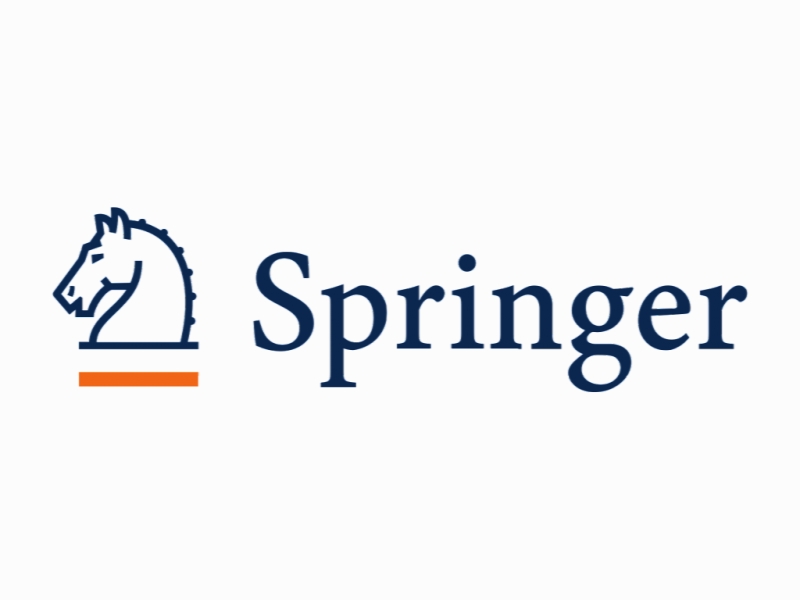معرفی مطالعات حسابرسی در علوم اجتماعی An Introduction to Audit Studies in the Social Sciences
- نوع فایل : کتاب
- زبان : انگلیسی
- ناشر : Springer
- چاپ و سال / کشور: 2018
توضیحات
رشته های مرتبط حسابداری
گرایش های مرتبط حسابرسی
مجله مطالعات حسابرسی: پشت صحنه با نظریه، روش و نوآوری – Audit Studies: Behind the Scenes with Theory – Method – and Nuance
دانشگاه Department of Sociology – University of California – Los Angeles – USA
منتشر شده در نشریه اسپرینگر
کلمات کلیدی انگلیسی Audit studies, Correspondence audits, Discrimination, Field experiments
گرایش های مرتبط حسابرسی
مجله مطالعات حسابرسی: پشت صحنه با نظریه، روش و نوآوری – Audit Studies: Behind the Scenes with Theory – Method – and Nuance
دانشگاه Department of Sociology – University of California – Los Angeles – USA
منتشر شده در نشریه اسپرینگر
کلمات کلیدی انگلیسی Audit studies, Correspondence audits, Discrimination, Field experiments
Description
1.1 Introduction Since the 1960s, researchers have had a methodological tool at their disposal unlike any other: the audit study.1 The audit study is a specific type of field experiment that permits researchers to examine difficult to detect behavior, such as racial and gender discrimination, and decision-making in real-world scenarios. Audit studies allow researchers to make strong causal claims and explore questions that are often difficult or impossible to answer with observational data. This type of field experiment has exploded in popularity in recent years, particularly to examine different types of discrimination, due to the rise of online applications for housing and employment and easy access to decision makers across many contexts via email. However, the learning curve for designing and implementing these experiments can be quite steep, despite appearing to be a simple and quick method for examining discrimination. Thus, we have written this book to help scholars design, conduct, and analyze their own audits. This book draws upon the knowledge of a variety of social scientists and other experts who combined have implemented dozens of inperson and correspondence audits to examine a variety of research questions. These experienced scholars share insights from both their successes and failures and invite you, the reader, “behind the scenes” to examine how you might construct your own audit study and improve upon this method in the future. We write this book with a wide audience in mind and hope that you will find this book useful whether you have already fielded your own audit study, are just thinking about how you might design an audit study, or just want to learn more about the method to better understand research using audits. In this introductory chapter, I approach the subject as one might with a lay audience. However, even experienced researchers with in-depth knowledge of the audit method should find this chapter useful. I mostly focus on the aspects of audit studies related to research rather than those related to activism or law and policy.2 I begin this chapter with the basics – a discussion of the language and definitions related to audit studies. Significant differences in language persist between studies, researchers, and disciplines, and I hope that this part will help readers understand these differences as well as encourage researchers to adopt a common language. Next, I give a succinct overview of why researchers began using audits to examine discrimination. The audit method is a powerful tool to answer certain types of questions and I attempt to outline when researchers can and should use this method. I then give an overview of the history of audit studies. Although others have written superb reviews of this body of literature in the past (Baert, Chap. 3 of this volume; Oh and Yinger 2015; Riach and Rich 2002; Zschirnt and Ruedin 2016), I focus on the forest rather than the trees in this part and provide a narrative of the arc of audit studies over time.3 Finally, I close this chapter with a succinct discussion of the limitations of correspondence audits and thoughts on how we might improve this method, which complements the closing chapter of this book (Pedulla, Chap. 9 of this volume). Readers looking for additional information on audit studies should consult two resources. First, we have created a website – www.auditstudies.com – to go along with the release of this volume. There you will find a comprehensive database of audits, information about subscribing to an audit method listserv, as well as additional information. Second, at the end of this chapter I provide a brief recommended reading list of important comprehensive works, reviews, and other methods-based articles and books.


